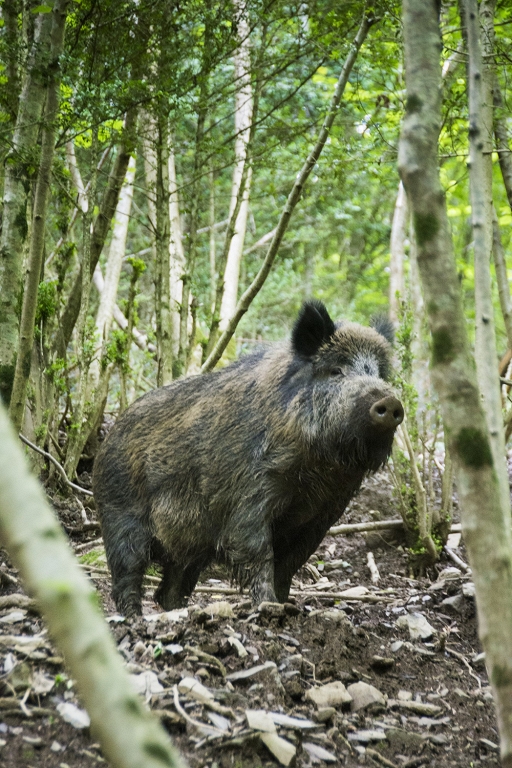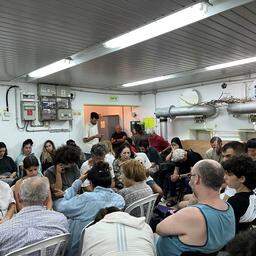Woman who lived in the vicinity of Dinant 10,000 years ago gets face and name

© Knowledge & Knowledge Reconstructions
Since today, the general public can vote on the name of one of the oldest well -known residents of Belgium. The remains of the prehistoric woman from the Mesolithic, some 10,000 years ago, were already found in the Margaux cave near Dinant in 1988. Researchers worked for years on a scientific reconstruction of her face.
Source: Belga
Today at 2:08 PM
The living environment of women was also accurately mapped out on the basis of archaeological data and scientific models. The project is a unique collaboration between scientists from UGent, L’Agence Wallonne du Patrimoine and specialized artists of knowledge & knowledge.
That is the studio of the Dutch twin brothers Adrie and Alfons Kennis, worldwide recognized paleo artists who make lifelike reconstructions of extinct people and animals. Up to and including 30 June you can vote online for three possible names: Margo (a reference to the location), Freyà (a nod to the goddess of fertility), or Mosanne (a contraction of ‘moss’ and the old ‘Anne’ as a tribute to its natural living environment).
The reconstruction combines anatomical analyzes, genetic research and archaeological finds. For example, pigment residues, perforated shells and other material from mesolithic sites in the Maas valley were incorporated into the end result. Genetic research showed that the Margaux woman was related to the Western European hunter-gatherers, including the famous Cheddar man from Great Britain.
Greater diversity
Just like him, she had blue eyes, but her skin was slightly lighter than with many other individuals from the same period. « That indicates greater diversity in skin pigmentation than we thought so far, » says Dr. Maïté Rivollat, main geneticist of the project.
In addition to the face, the daily life of this prehistoric community was also reconstructed, led by artist Ulco Glimmerveen. Camps, hunting techniques and means of transport bring the environment to life again from more than 10,000 years ago.
The reconstruction is the result of the interdisciplinary Roam project of Ghent University, in which archeology, anthropology, genetics and art come together. After the press moment in Dinant, the woman leaves on a tour of museums in Flanders and Wallonia.
Also view. Scientists stick a view of Santa Claus for the first time in 1,700 years








